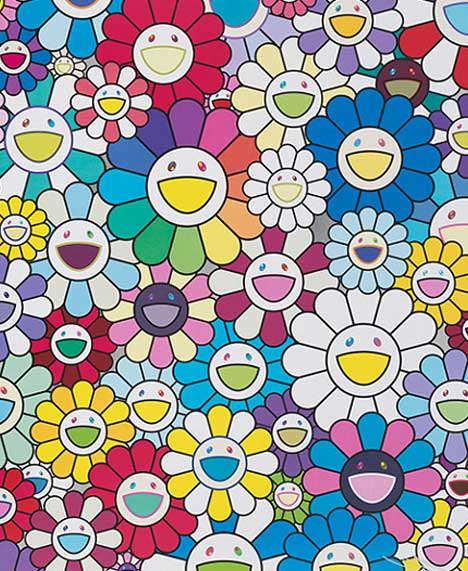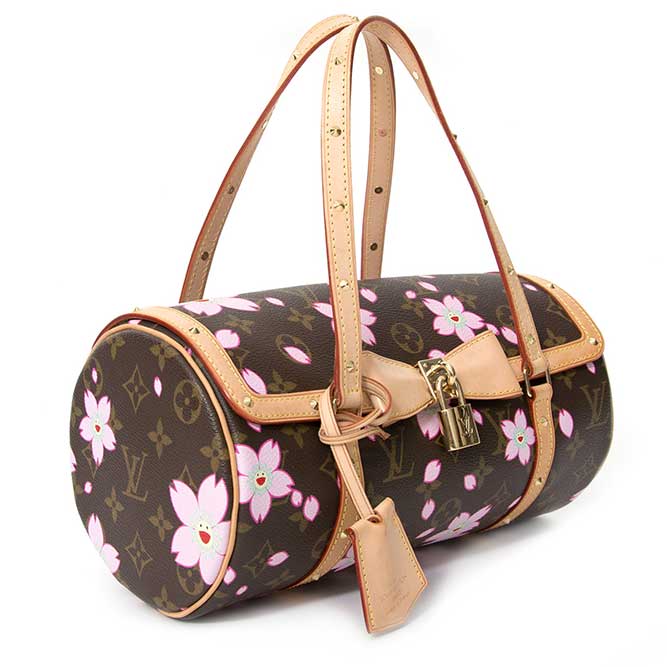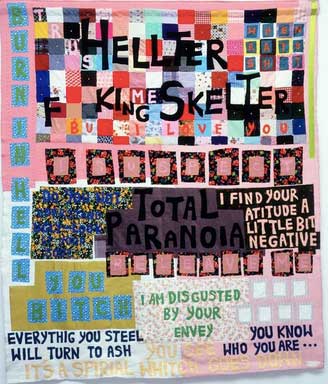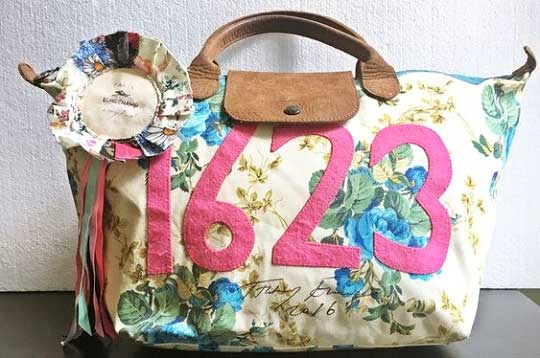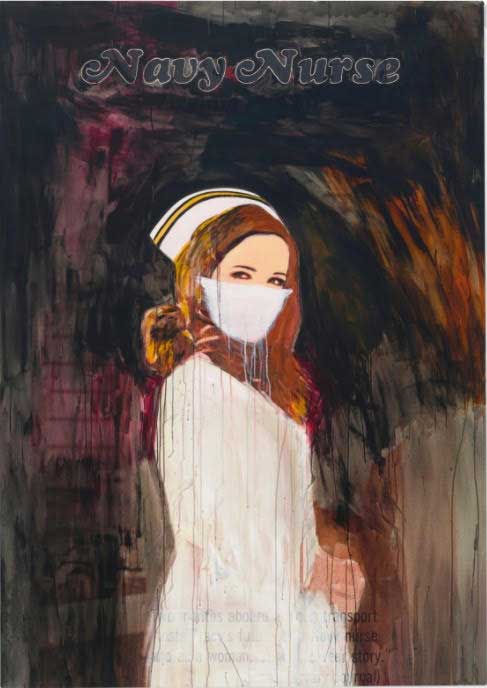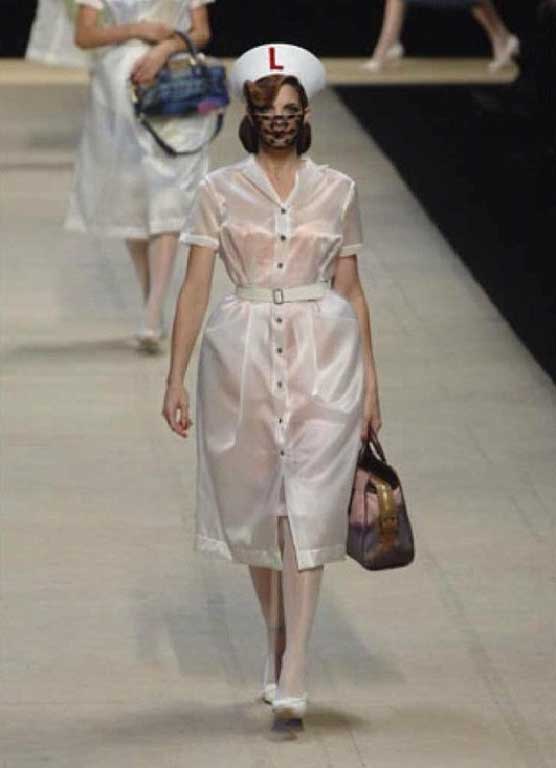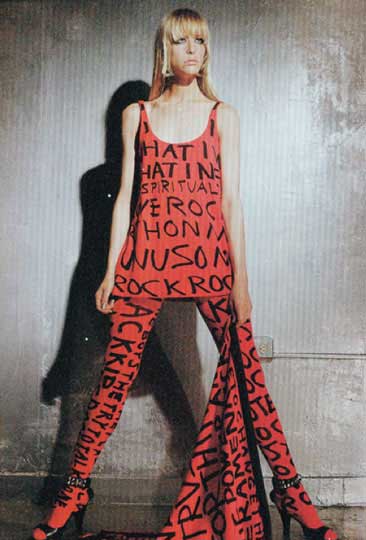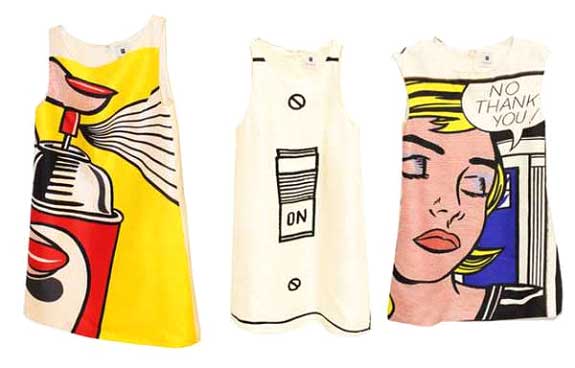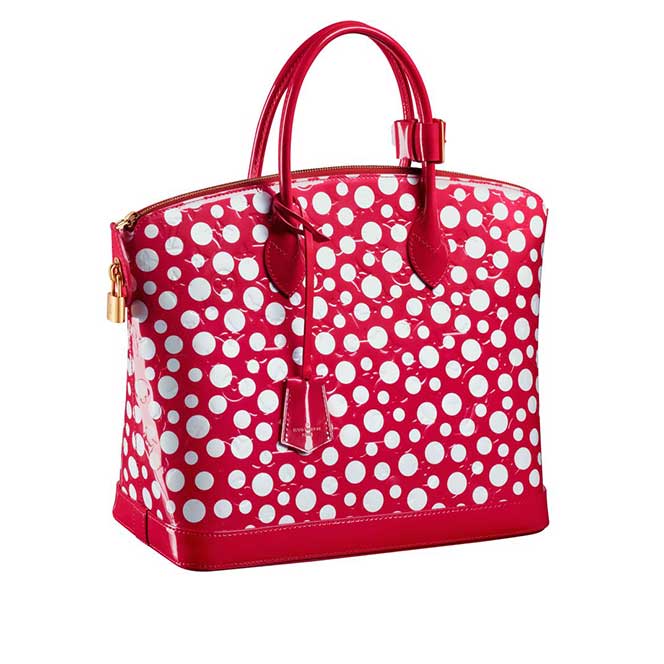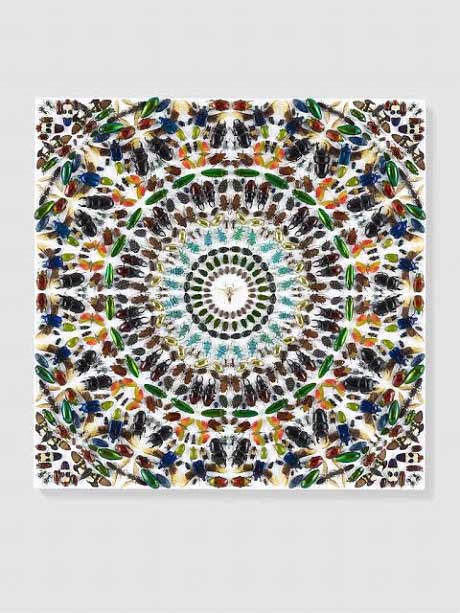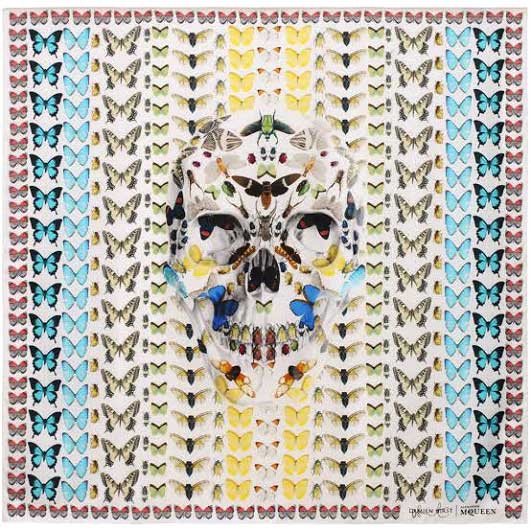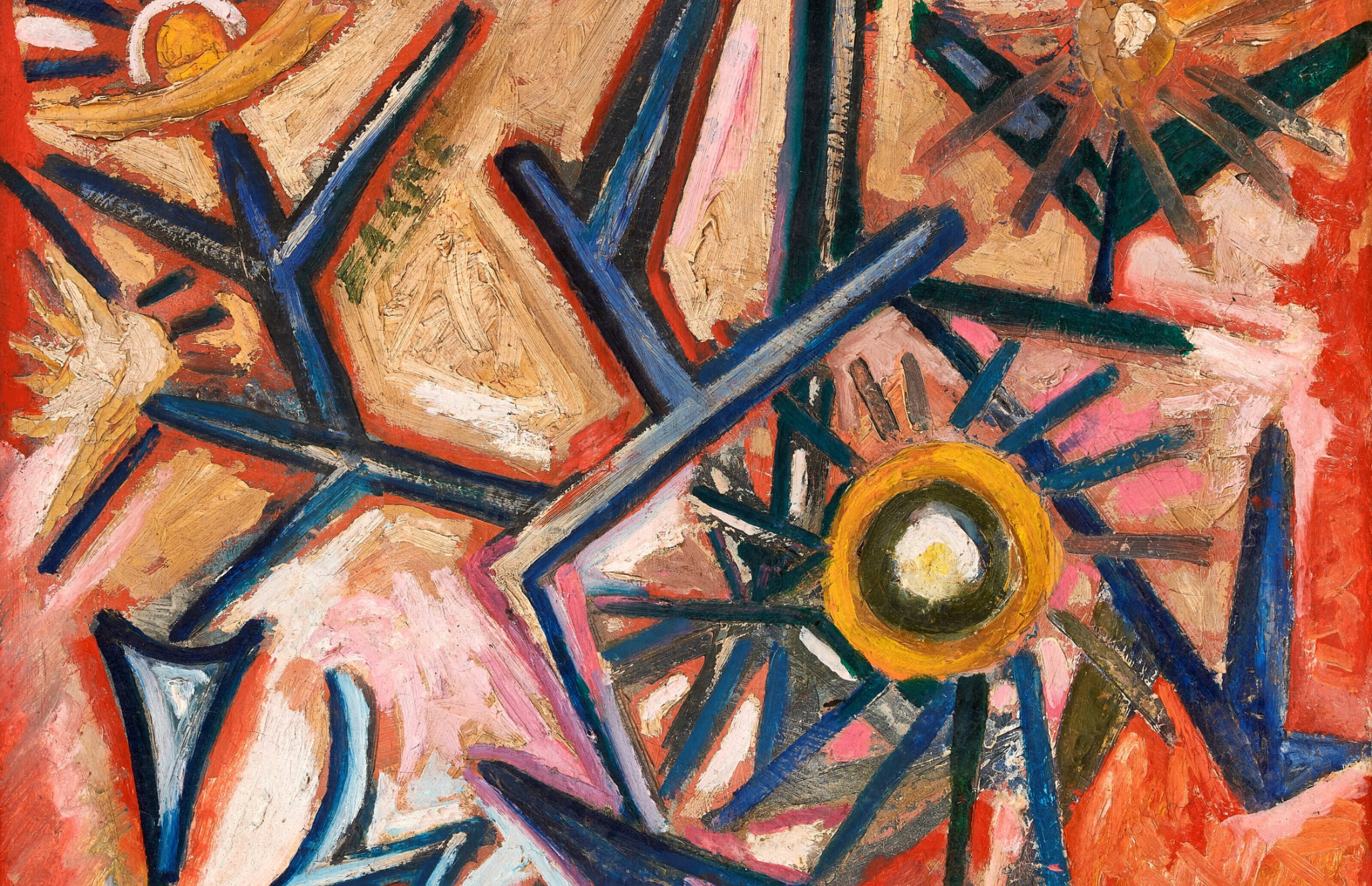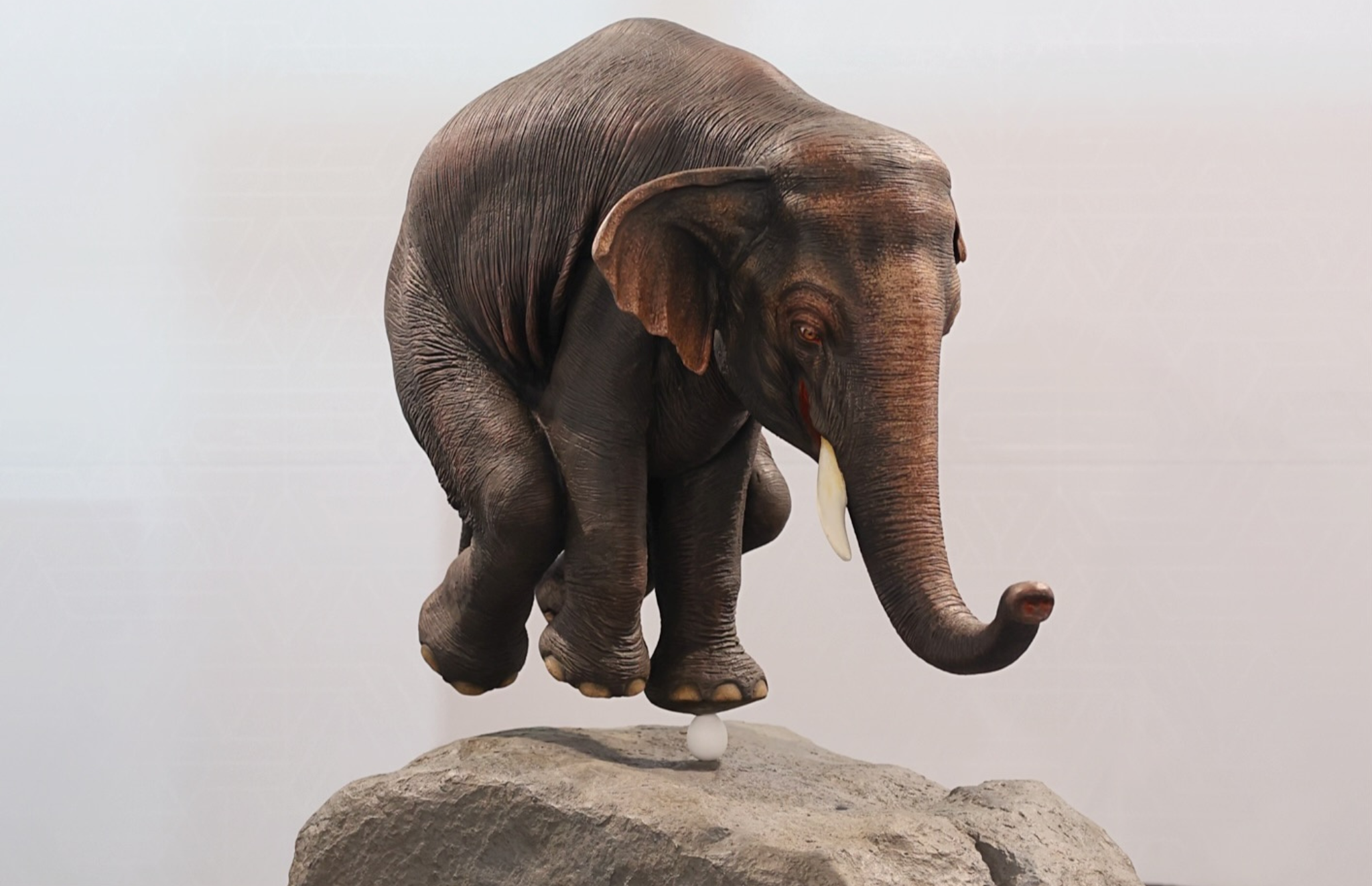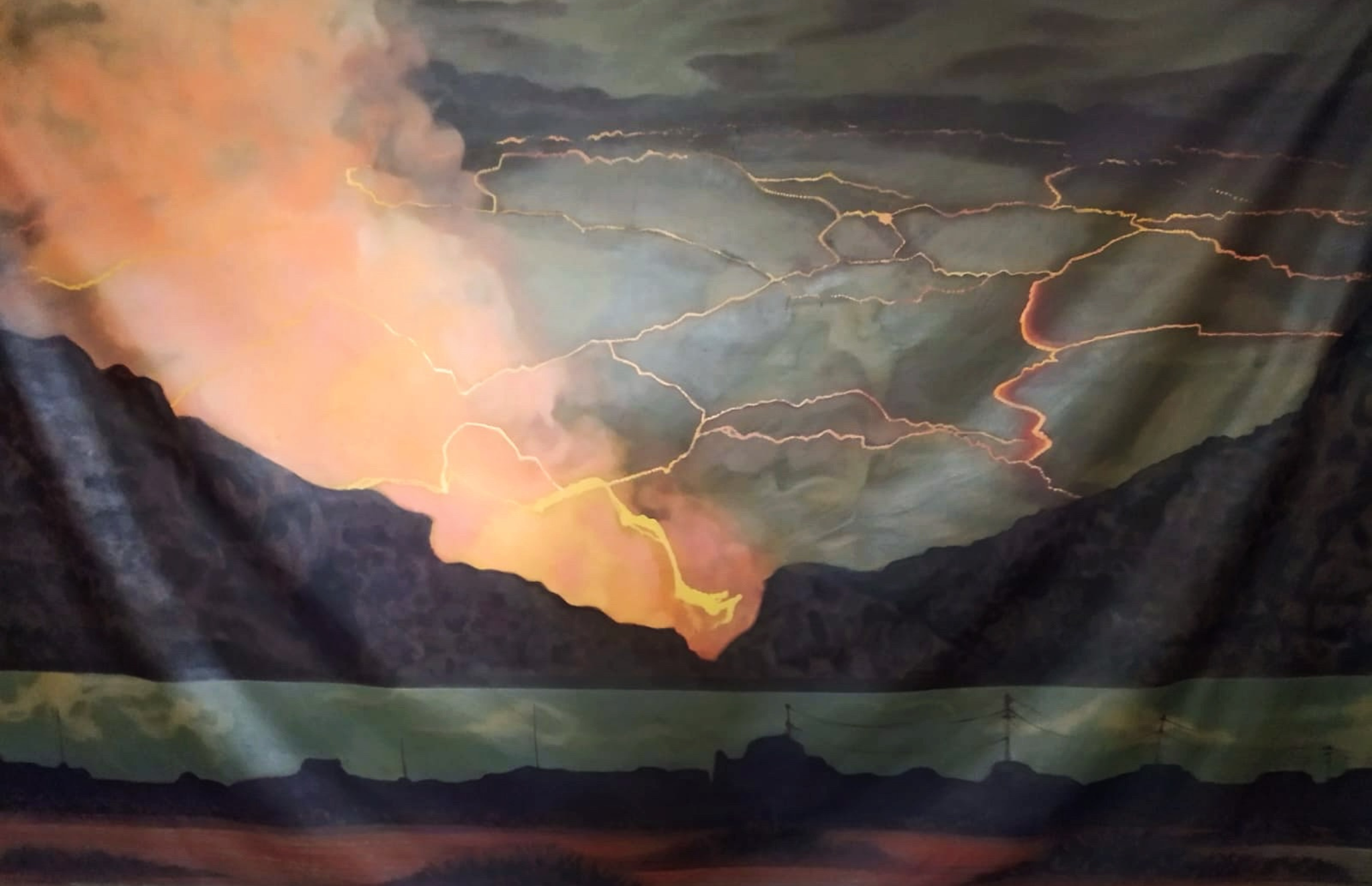The Love Affair between Art & Fashion – Edition II
Art and fashion both mirror a creative synergy of the designer or the artist as the case may be. Both are also a reflection of the warp and weft of society’s cultural fabric. If you examine closely, historically, a thorough investigation of any erstwhile civilisation’s art and fashion culture reveal a lot about the life and times of that era. Therefore, collaborative joint projects between artists and fashion designers are of extreme significance and facilitate a lucid narative of the trends and fads prevalent in those years. We examine some significant ones in the second edition of our series on art and fashion.
Louis Vuitton x Murakami: 2003
Marc Jacobs had invited Takashi Murakami in 2003 to collaborate with him on a Louis Vuitton x Murakami, in an effort to bring a breath of fresh air to Louis Vuitton’s current fashion line. This collaboration was marked with the iconic LV logo laid with Murakami’s usage of vivid colour palette and playful design that he was already quite well known for. This resulted in a slew of highly sought after ‘It’ bags that were quickly taken up by the fashion crowds all over the world. One of the most famous bags was the Cherry Blossom bag which has the LV logo coupled with the repeated use of the cherry blossom flower pattern all over the bag. It symbolised both Louis Vuitton’s iconic history of fashion and Murakami’s penchant for everything pop art.
Longchamp and Tracey Emin: 2004
Marking the 10th anniversary of Longchamp’s ‘Le Pilage’ bag, artist Tracey Emin was invited to collaborate to work on an iconic collection in 2004. Two hundred limited-edition bags, deploying some of Emin’s favourite techniques namely textile, embroidery and painting were used. The finishing touch was imparted with a signature rosette, which Emin personalized with a handwritten note.
Marc Jacobs and Richard Prince: 2008
The iconic fashion designer Marc Jacobs got so inspired by flamboyant artist Richard Prince after his controversial Spiritual America exhibition in 2007 that he collaborated with him for the 2008 Spring-Summer collection. As an ode to Prince’s famous Nurse paintings, one of which appeared on a Sonic Youth album cover, the show opened with 12 models dressed as nurses in see-through plastic coats and hats spelling out the alphabets of brand Louis Vuitton. Models included Stephanie Seymour, Eva Herzigova, Nadja Auermann and Naomi Campbell. The bags featured his Jokes series—with messages printed over a reimagined, washed out monogram, with snakeskin accents. The clothes were bold combinations of fabric and garish SpongeBob pastels including Lurex knits, pencil skirts, and gazar trenches in hues of mauve, yellow, pink, and purple, coupled with deconstructed fragments of pinstripe vests, tweed suiting, and gossamer-like chiffon for added drama.
Raf Simons and Sterling Ruby: 2008
Sterling Ruby’s artistic collaboration with Raf Simons began in 2008, when he designed a store for Simons’ brand in Tokyo. Ruby was fascinated with the potential of fabric as an artistic medium and was using bleached fabric for his artworks since 2000s. These accents were infused in the Tokyo store’s interiors and negatives of photographs were used to design the wallpaper. Interestingly, everything in the store was covered in either bleached denim or an inverted negative which led to an eclectic “mix of negative and positive” energy. The two joined forces again in 2009 for an entire range of bleached denim garments besides some pieces for Simon’s debut show with Dior for the Fall/Winter 2012 Dior haute couture collection.
Marc Jacobs and Stephen Sprouse: 2008
In the late 1990s, when Marc Jacobs, the then Louis Vuitton artistic director, found himself thinking about Marcel Duchamp, the French artist who had tarnished an image of the Mona Lisa with a funny little beard and mustache and called it L.H.O.O.Q. In order to de-construct the LV logo, he chose designer-artist Stephen Sprouse. This was rather unusual for the house of LV as they always treated the LV monogram as sacrosanct and not open to any modifications. What emerged was a robust collection of neon graffiti monogram bags, marking the foundation of very experimental and evocative sensibility for the design house and for fashion in general.
Roy Lichtenstein x Lisa Perry: 2011
Along with Andy Warhol, Roy Lichtenstein popularised the pop art form in the 1960s. Today he is the master of this form when it comes to creating prints that can feature on both clothing and furniture. In 2011 mod designer Lisa Perry designed a line of 99 dresses that sold for 2000 dollars each with Lichtenstein’s prints featuring front and centre. She used the most popular prints such as the Spray II, No Thank You, On, and etc. to blend her own fashion aesthetic with that Lichtenstein’s legendary prints.
Image courtesy: Pop Art is from octopussgarden.es; Lisa Perry dress is from trendhunter.com
Yayoi Kusama x Louis Vuitton: 2012
Louis Vuitton collaborated with the 83-year-old artist Yayoi Kusama in 2012 and the result was a breathtaking collection. The highlight was the Japanese artist’s trademark polka dots artwork. She used her print on clothes, accessories and bags in way which was almost meditative in nature. What’s more: stores around the world were transformed to complement the collection. For instance, Selfridges was converted into a polka dot fantasy world, with a window displaying a red-wig-wearing wax replica of Kusama.
Alexander McQueen x Damian Hirst: 2013
Damian Hirst is one of the most popular contemporary artists of our times and in 2013 he lent his artistic sensibilities to the famous skull scarf designed by Alexander McQueen in the honour of its 10th anniversary. Hirst adapted his own series titled ‘Entomology’ into this collaboration. The aforementioned series was a classic study in insects and Hirst used butterflies, spiders and other insects in a myriad of geometric patterns to create some breath-taking patterns, paying an homage to McQueen’s iconic skull scarf.
Text by Shalini Passi


